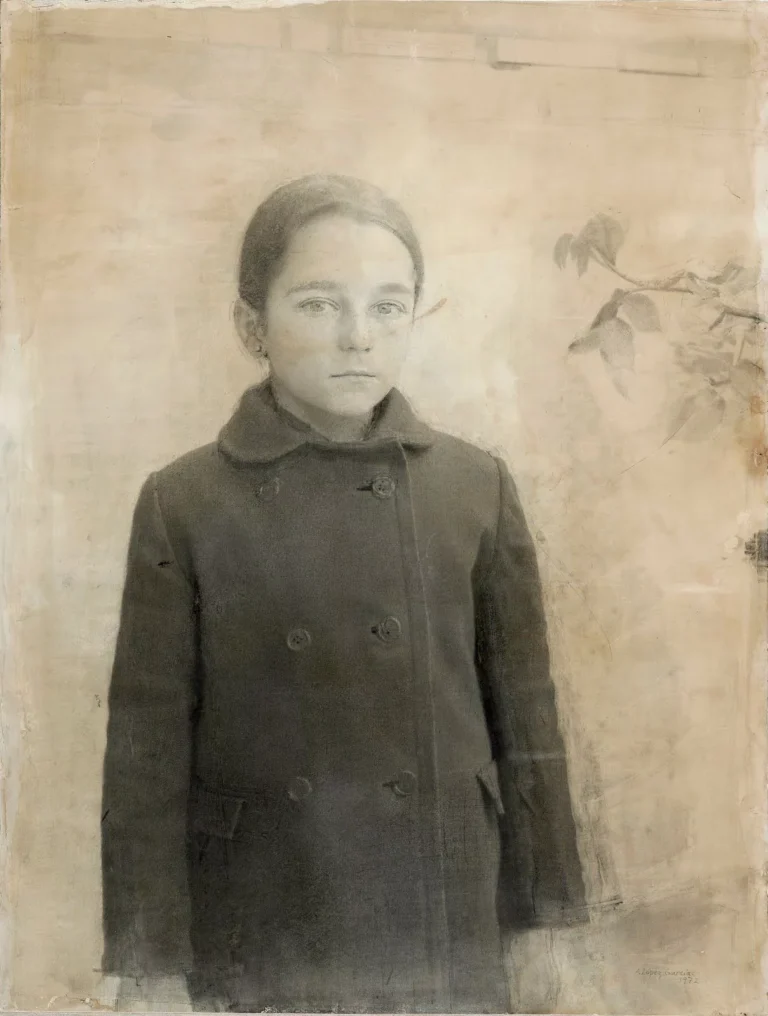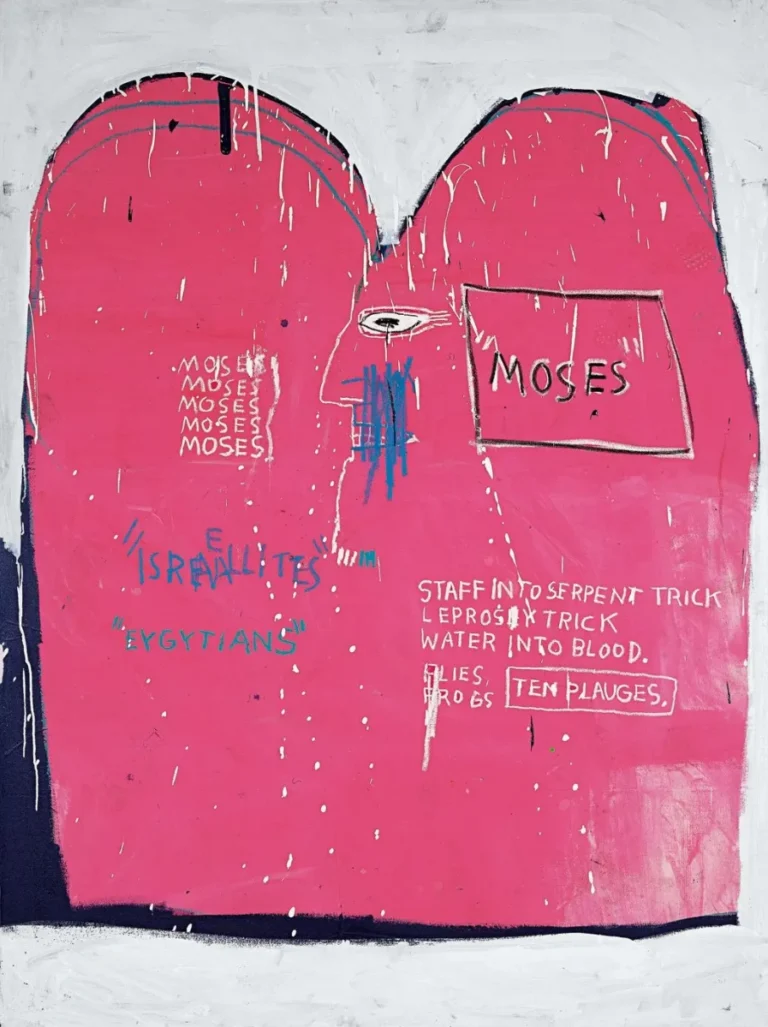Looking for a muse? Check no further. Discover the Best of Art, Culture, History & Beyond!

Henry Moore (1898 – 1986)
Henry Moore, born in 1898 in Castleford, England, emerged as one of the most significant British sculptors of the 20th century. Renowned for his semi-abstract monumental sculptures, Moore’s work often explores the human figure, emphasizing organic forms and the interplay between mass and space. His artistic journey reflects a deep engagement with both the natural world and the human experience, making his work profoundly resonant in both public and private spaces.
Early Life and Education
Moore was the seventh child of a coal miner, growing up in an environment far removed from the traditional centers of art. His working-class background played a crucial role in shaping his perspective, instilling a sense of discipline and appreciation for physical labor that later influenced his approach to sculpture.
From a young age, he exhibited an interest in art, particularly sculpture, after being inspired by stories of Michelangelo’s works. Encouraged by his teachers, he pursued formal training at Leeds School of Art, where he studied classical sculpture and drawing. His education continued at the Royal College of Art in London, where he was exposed to a wide range of influences, including Egyptian, African, and pre-Columbian art.
Moore’s exposure to these non-Western artistic traditions played a pivotal role in shaping his style. Unlike many of his contemporaries, who adhered to the principles of classical European sculpture, Moore sought to integrate elements of abstraction and primitivism into his work, a move that set him apart early in his career.
A New Sculptural Language
Moore’s artistic evolution coincided with the rise of modernist movements in the early 20th century. Influenced by artists such as Constantin Brancusi and Pablo Picasso, he began to move away from traditional representational forms, embracing abstraction while maintaining a strong connection to the human figure.
One of his key innovations was the concept of “internal and external forms,” where he experimented with hollowed-out spaces within solid masses. This technique allowed him to explore the relationship between volume and emptiness, a hallmark of his later works. He believed that negative space was just as important as positive form, creating sculptures that invited viewers to consider the voids and gaps within them.
His reclining figures, in particular, became a defining motif of his career. Unlike classical sculptures, which often portrayed figures in static, upright poses, Moore’s reclining figures exude a sense of relaxation and fluidity. These forms, inspired by natural landscapes and organic structures, evoke a deep connection between humanity and nature.
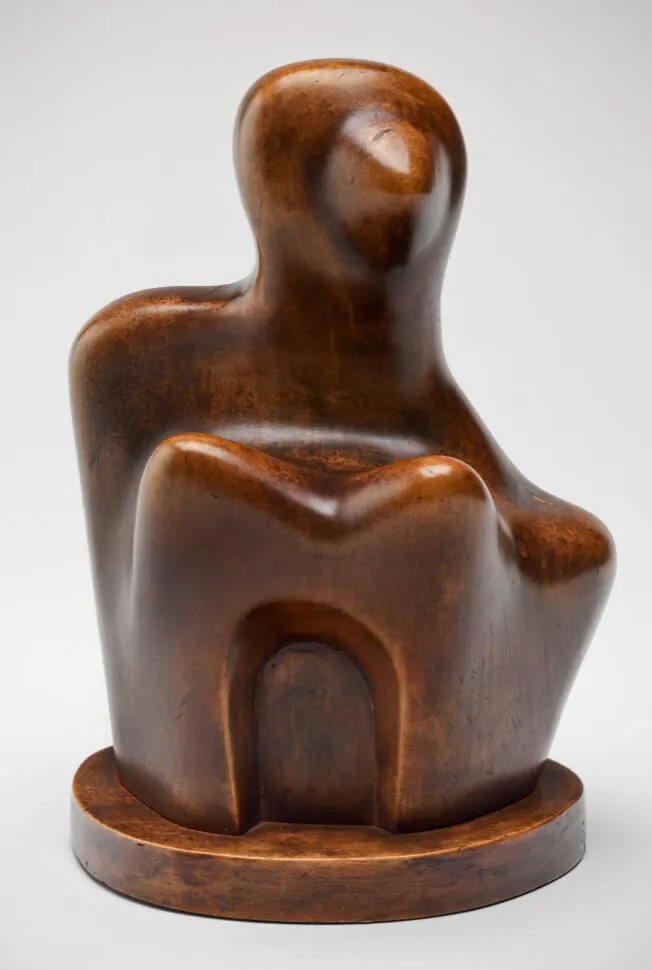
The Impact of War
World War II had a profound impact on Moore’s artistic vision. During the Blitz, he created a series of haunting drawings depicting Londoners taking shelter in underground stations. These “Shelter Drawings” captured the resilience and vulnerability of the human spirit, with figures huddled together in claustrophobic spaces, their forms blending into the surrounding darkness.
This period marked a shift in his approach to sculpture, as he sought to convey deeper emotional and existential themes. The war reinforced his belief in the universal power of the human form, leading him to create works that spoke to the shared experiences of suffering, survival, and resilience.
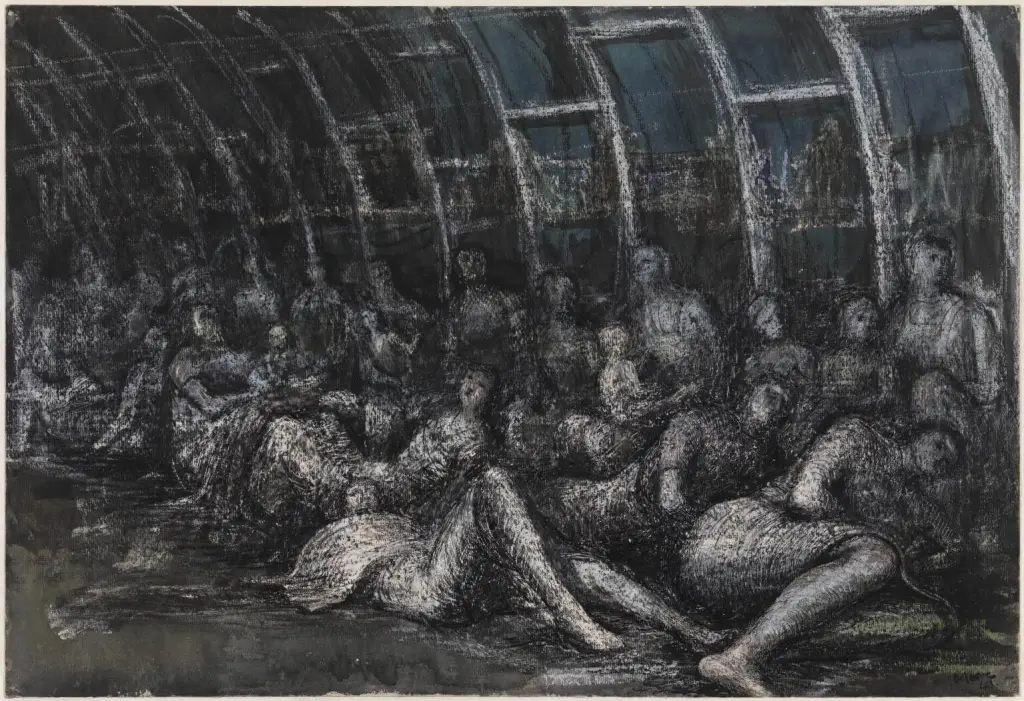
Major Works and Themes
- Reclining Figure (1930s–1980s):
One of Moore’s most recurring motifs, the reclining figure evolved throughout his career. The early versions were more angular and geometric, while later iterations became increasingly fluid and organic. These sculptures often resemble landscapes, with smooth, undulating surfaces that echo the contours of hills and valleys. - Family Group (1948–49):
This sculpture represents a mother, father, and child, embodying themes of unity and protection. Created in the aftermath of World War II, it reflects Moore’s desire to emphasize familial bonds and resilience in the face of destruction. - Helmet Head Series (1950s–1960s):
Inspired by his wartime experiences, these sculptures explore the concept of protective enclosures. The outer shell of the helmet symbolizes security, while the interior forms suggest vulnerability, creating a striking contrast between strength and fragility. - Large Reclining Figure (1984):
A monumental bronze sculpture, this work epitomizes Moore’s ability to balance mass and space. The open, flowing forms invite viewers to move around and through the piece, engaging with it from multiple perspectives.
Public Commissions and Global Influence
Moore’s reputation grew internationally, leading to numerous public commissions. His large-scale sculptures were installed in prominent locations worldwide, from the UNESCO headquarters in Paris to the Lincoln Center in New York. His ability to create sculptures that harmonized with their surroundings made his work particularly suited for public spaces.
Unlike many modernist sculptors, Moore was deeply invested in making art accessible to the public. He believed that sculpture should be experienced in open environments, where it could interact with natural light and changing weather conditions. This philosophy led to the placement of his works in parks, university campuses, and civic spaces, where they continue to engage viewers on a daily basis.
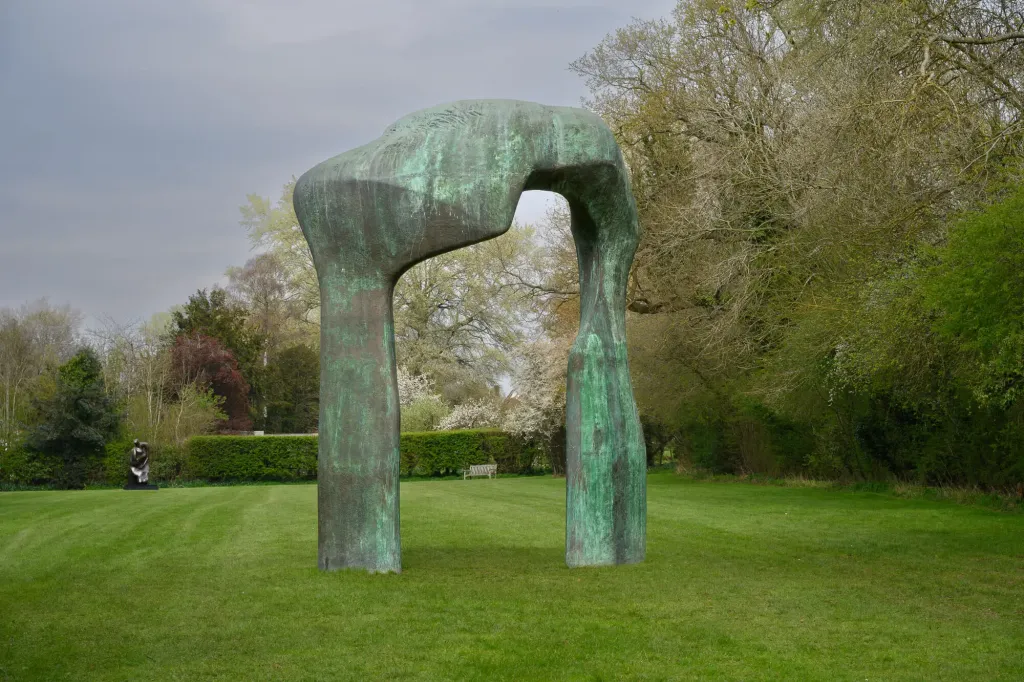
Material and Technique
Moore worked with a variety of materials, including stone, wood, and bronze. He often allowed the natural characteristics of the material to dictate the final form of his sculptures. His approach to direct carving, where the artist works directly into the material rather than following a pre-made model, was influenced by the traditions of primitive and tribal art.
In later years, he increasingly turned to bronze casting, which allowed him to create larger and more complex forms. This shift enabled him to experiment further with the interplay between mass and space, pushing the boundaries of sculptural abstraction.
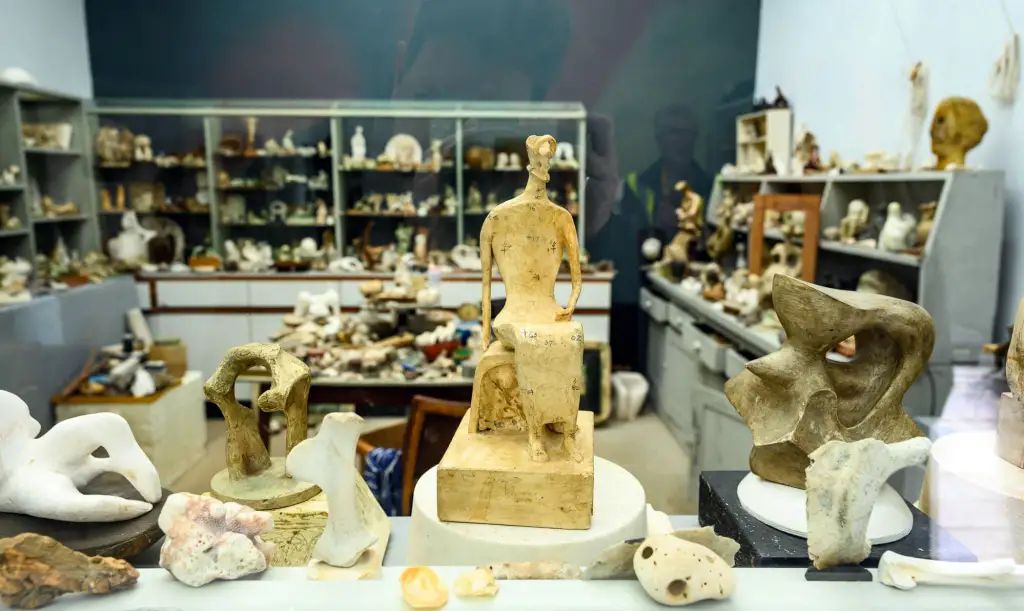
Philosophy and Vision
Moore believed that art should evoke an emotional and physical response in the viewer. He often spoke about the importance of tactility in sculpture, encouraging people to engage with his works not just visually, but also through touch and movement.
His deep reverence for nature also played a crucial role in his artistic philosophy. He once remarked that the shapes of pebbles, bones, and driftwood inspired his forms, seeing them as manifestations of natural forces at work. This organic sensibility is evident in the way his sculptures seem to grow out of their environments, seamlessly integrating with the landscape.
Henry Moore’s impact on modern sculpture is immeasurable. His innovations in form and material opened new possibilities for future generations of artists, influencing figures such as Barbara Hepworth and Isamu Noguchi.
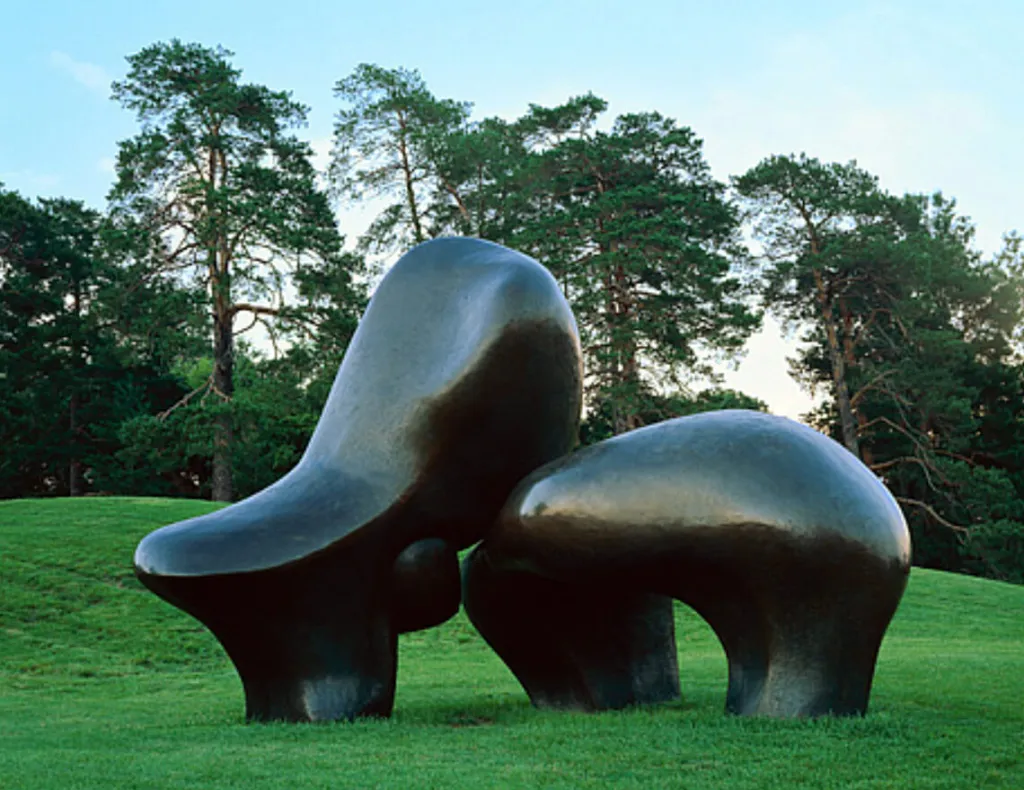
His legacy is preserved through institutions like the Henry Moore Foundation, which continues to promote sculpture and support young artists. His works remain integral to museum collections and public spaces worldwide, where they continue to inspire viewers with their profound simplicity and universal themes.
In 2024, renewed interest in Moore’s contributions to modern art has led to major exhibitions and retrospectives, reaffirming his status as one of the most important sculptors of the 20th century.
Henry Moore’s sculptures transcend mere representation, offering meditations on the human condition, nature, and the passage of time. His ability to merge abstraction with emotional depth set him apart from his contemporaries, ensuring his place in the pantheon of modernist masters. Through his work, he reminds us that art is not just about form, but about the profound connections we share with the world around us.

This article is published on ArtAddict Galleria, where we explore the intersections of art, history, and culture. Stay tuned for more insights and discoveries!
